Properties of PVC
PVC is a thermoplastic material, meaning it becomes pliable or moldable at elevated temperatures and solidifies upon cooling. This characteristic allows PVC to be easily processed into various shapes and forms. The properties of PVC can be modified through the addition of different additives, resulting in variations like rigid PVC and flexible PVC, each with distinct characteristics.
1. Rigid PVC: Rigid PVC, also known as uPVC (unplasticized PVC), is known for its strength, hardness, and resistance to impact. It is commonly used in the construction industry for applications such as:
- Piping and Fittings: Rigid PVC is widely used for plumbing and drainage systems due to its resistance to chemicals, corrosion, and weathering. It is a popular choice for both residential and industrial piping.
- Window Frames and Doors: uPVC is used in window frames and doors because of its durability, low maintenance requirements, and insulating properties. It does not require painting and resists weathering.
2. Flexible PVC: Flexible PVC contains plasticizers that make it softer and more pliable. This variant is used in applications where flexibility and ease of processing are important. Examples include:
- Flexible Hoses and Cables: Flexible PVC is used in the manufacture of hoses, cables, and electrical insulation due to its flexibility, resistance to abrasion, and electrical insulating properties.
- Vinyl Flooring and Upholstery: In flooring, flexible PVC is valued for its durability, ease of maintenance, and resistance to stains and moisture. It is also used in upholstery and as a coating for fabrics.
Applications of PVC
PVC’s versatility makes it suitable for a wide range of applications:
- Construction: PVC is used extensively in the construction industry for piping, flooring, siding, and insulation. Its resistance to moisture and chemicals makes it ideal for plumbing and drainage systems.
- Healthcare: In the medical field, PVC is used to manufacture products like IV bags, medical tubing, and blood storage containers. Its flexibility, clarity, and resistance to sterilization methods make it suitable for various medical applications.
- Consumer Goods: PVC is used in a variety of consumer products, including credit cards, toys, and garden furniture. Its ability to be easily molded and its durability make it a popular choice for many everyday items.
- Electronics: PVC is used in the insulation of electrical cables and wiring. Its electrical insulating properties and resistance to flame make it suitable for use in various electronic devices.
Environmental Considerations
While PVC is a highly functional material, its environmental impact has been a subject of concern. The production and disposal of PVC can release harmful chemicals, including chlorine and dioxins, which pose environmental and health risks. Efforts to mitigate these impacts include recycling PVC products and developing more sustainable alternatives.
Recycling PVC is feasible and involves processes such as grinding the material into pellets and reprocessing it into new products. Additionally, there is ongoing research into developing more environmentally friendly versions of PVC and finding ways to reduce the impact of its lifecycle.
Conclusion
PVC is a remarkably versatile and widely used plastic with a broad array of applications in construction, healthcare, consumer goods, and electronics. Its ability to be adapted for different purposes, combined with its durability and cost-effectiveness, has made it a staple material in many industries. However, balancing its benefits with environmental considerations remains an important aspect of its use and development. As technology advances, the focus on improving the sustainability of PVC and exploring alternative materials will continue to shape its role in various applications.

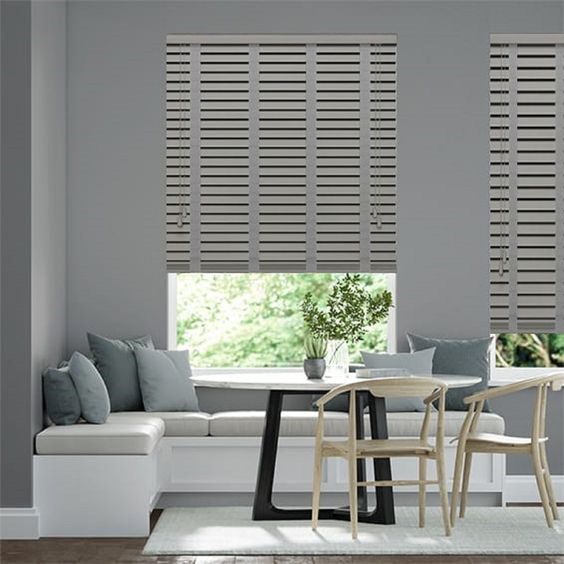
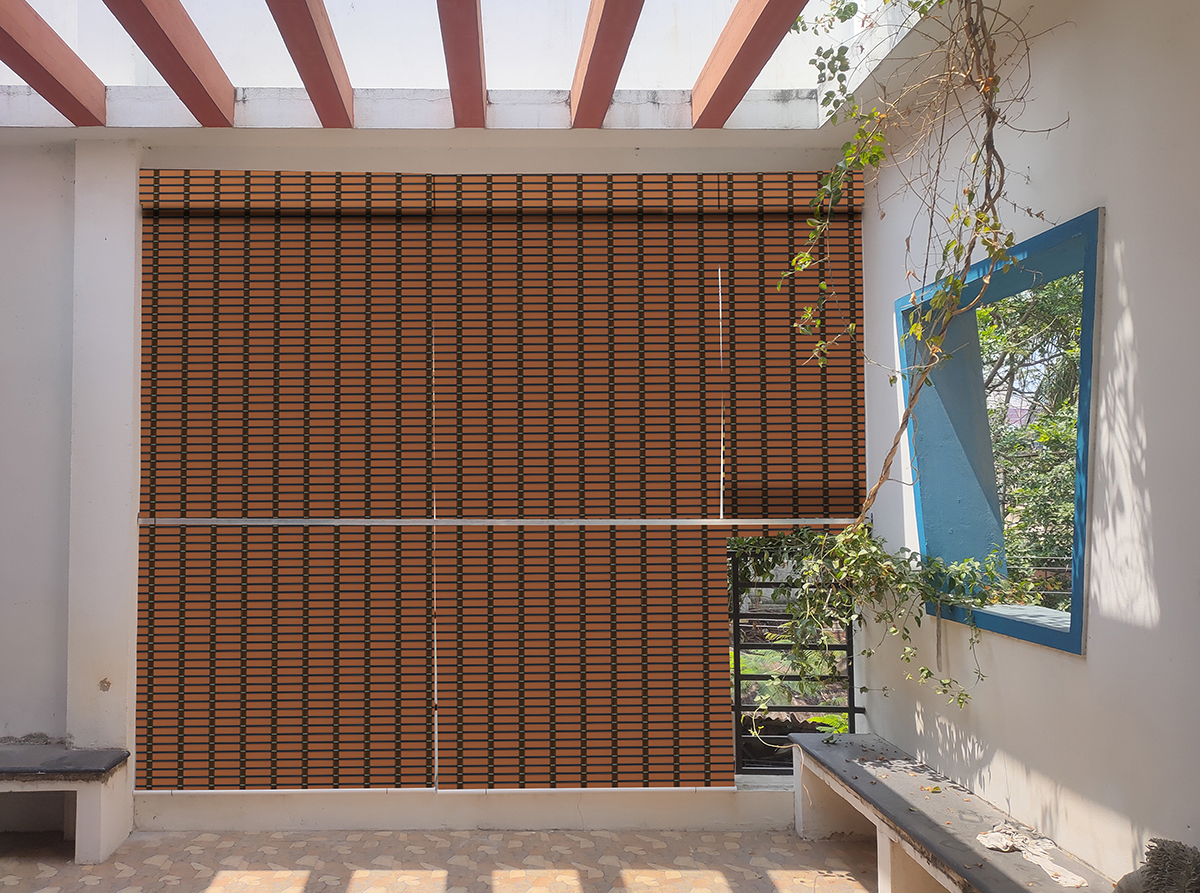
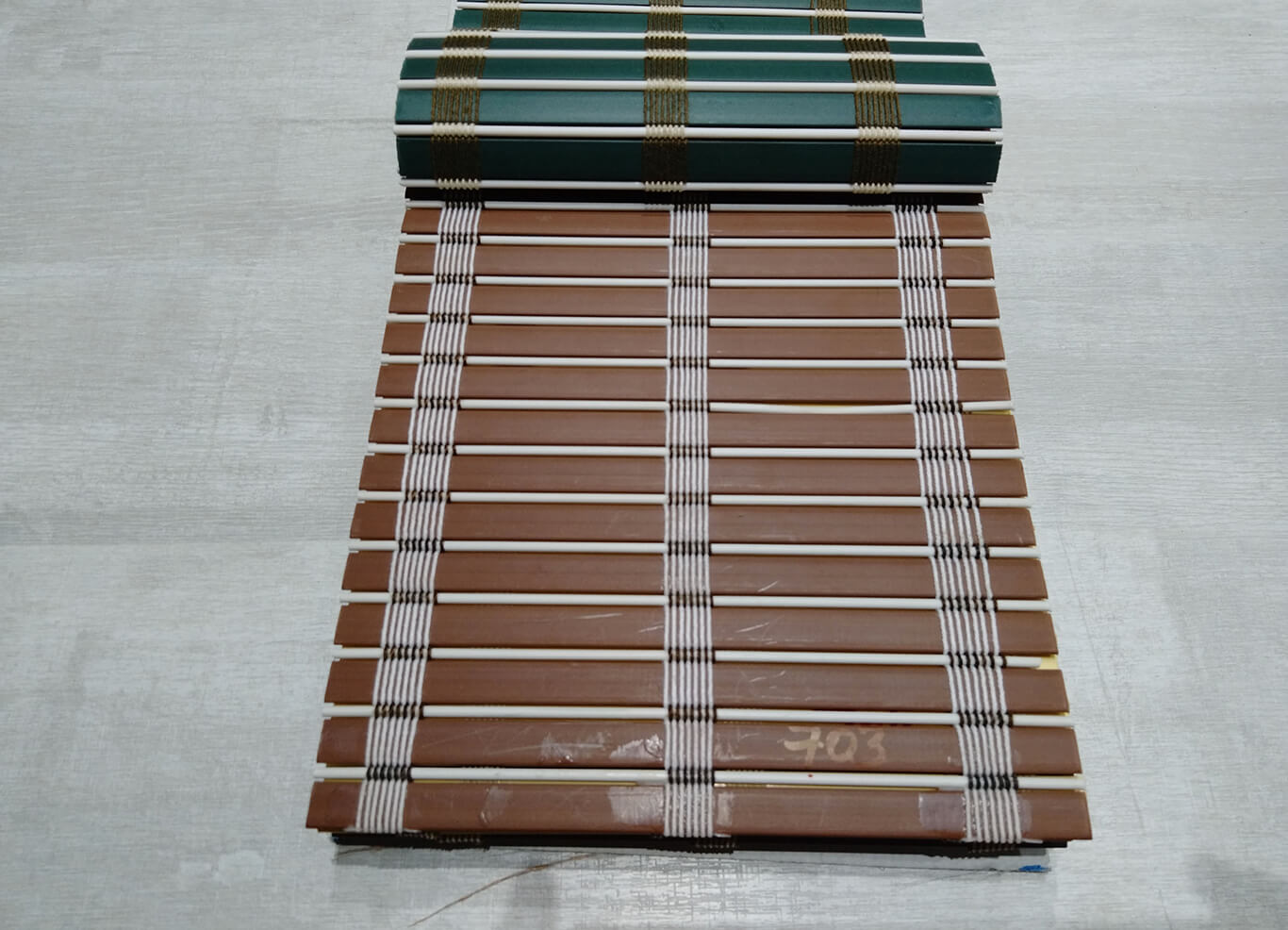
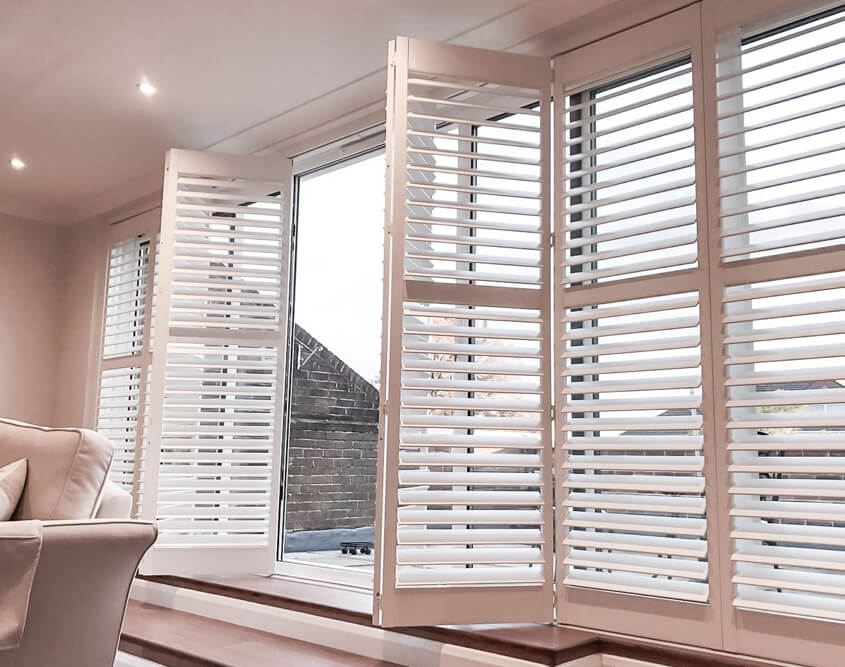
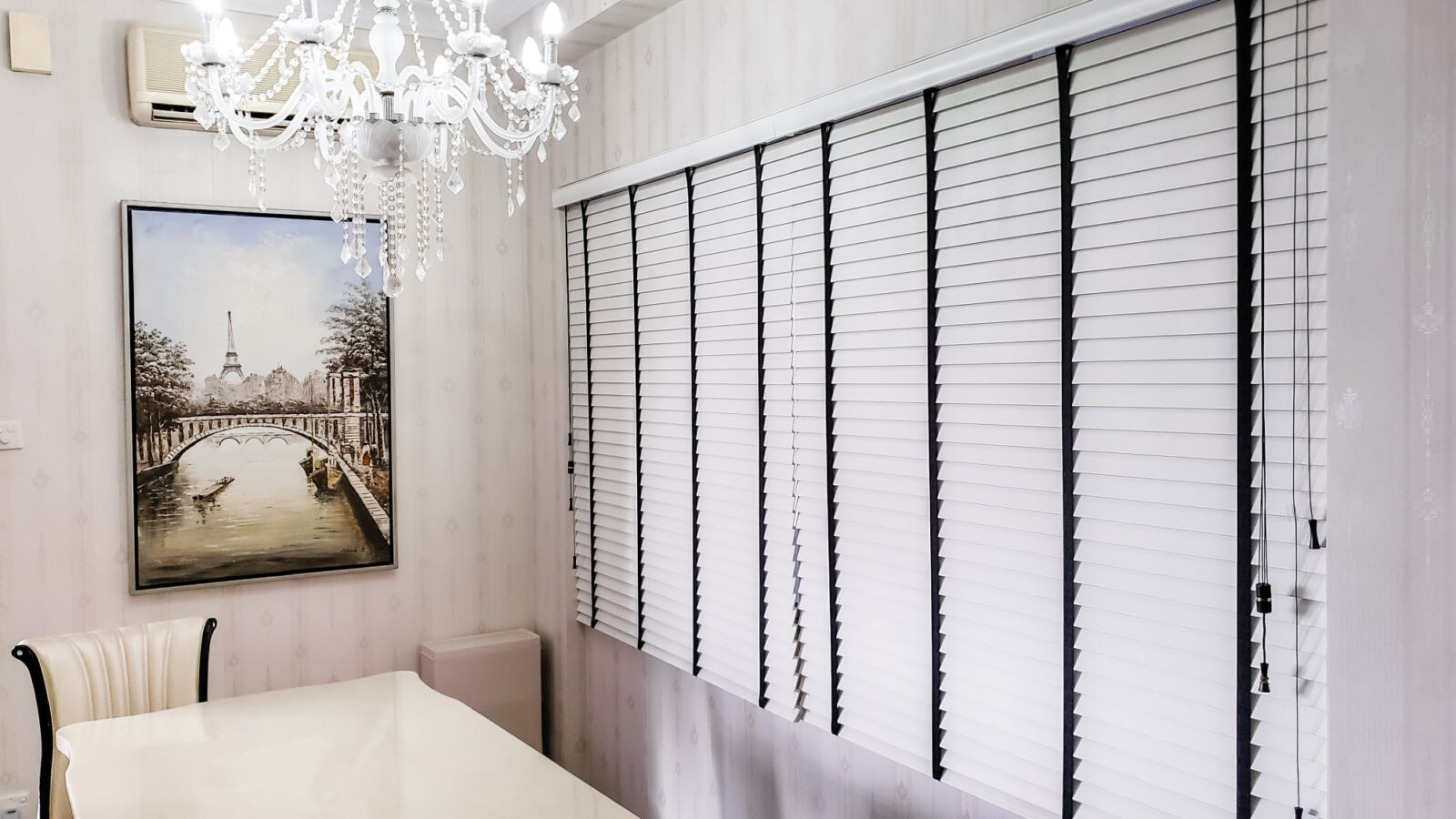
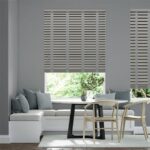
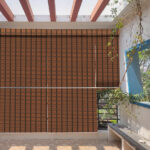
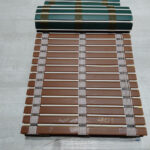
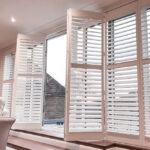


Reviews
There are no reviews yet.